HIDING IN PLAIN SIGHT
The foodie haven you should add to your cruising programme
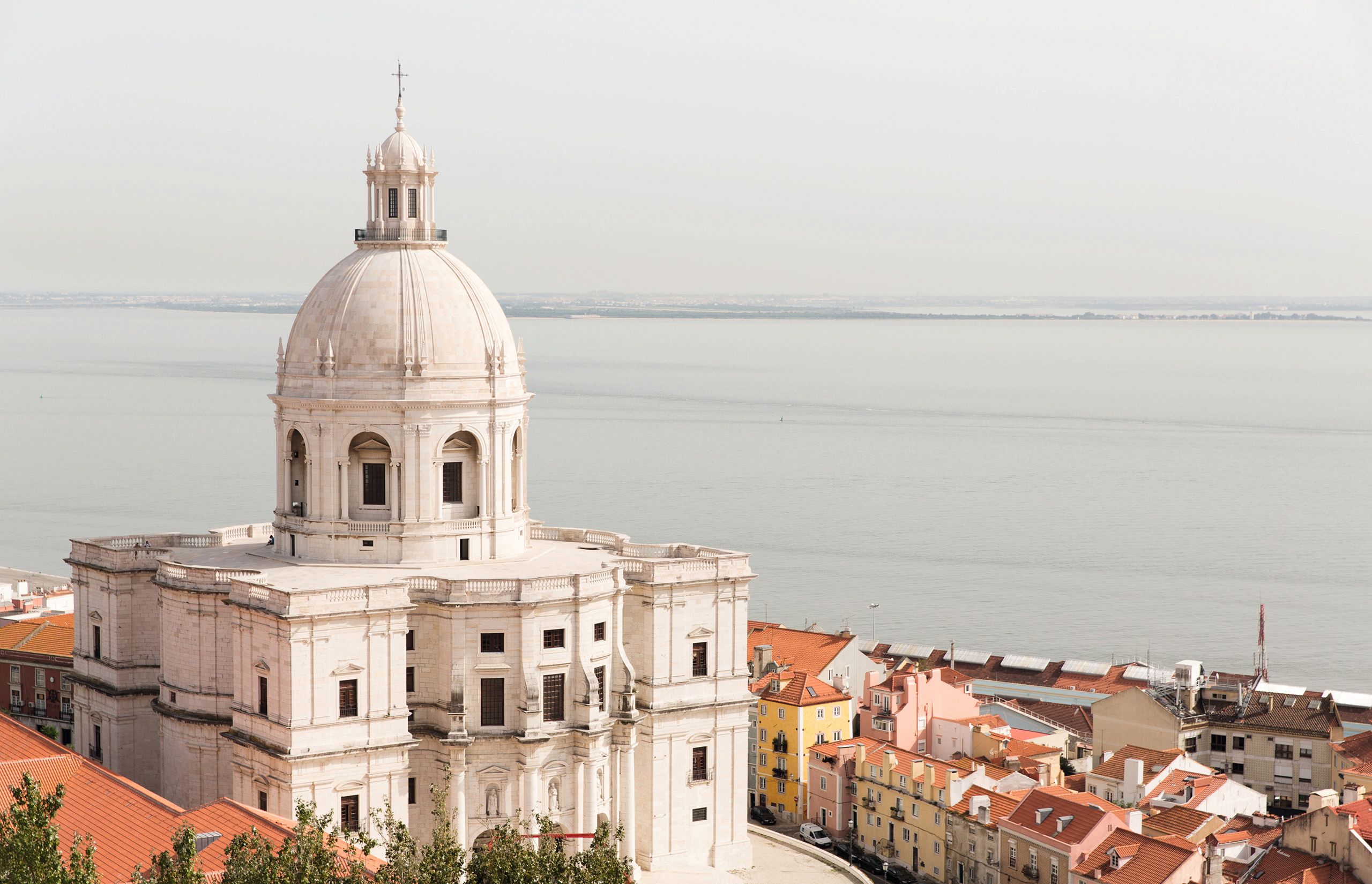
Steeped in history and with a buzzing gastronomic scene, Lisbon is a little-known superyacht stop with heaps of potential, discovers Georgia Boscawen
GETTY IMAGES
“No, that’s one of the biggest tourist traps in Lisbon,” laughs Catarina Mendonça, associate director of public relations at the Four Seasons Hotel Ritz Lisbon. I sheepishly drag my phone back across the table, shielding the Lisbon to-do list that I cobbled together before arriving in Portugal.
“That’s the thing with Lisbon; there are lots of Disney-esque places that are easy to fall into – they’re extortionately expensive and a complete waste of time,” she adds.
My curation of attractions, which includes The Fantastic World of Portuguese Sardines, apparently falls into that category. You must place your trust in local knowledge to uncover the marvels of the Portuguese capital, I learn.
Despite its rich maritime past (and infrastructure) the number of superyachts visiting Lisbon and its surrounding cities is surprisingly low. There have, however, been a few notable visitors in the last five years – including 109-metre Bravo Eugenia and 65-metre White Rose of Drachs – spending up to five days in the area.
From where I’m standing – on the cobbled street of Rua do Loreto in the bustling Chiado district – Lisbon is the perfect city for passing superyacht guests who really want to explore: it’s beautiful, historical and authentic.
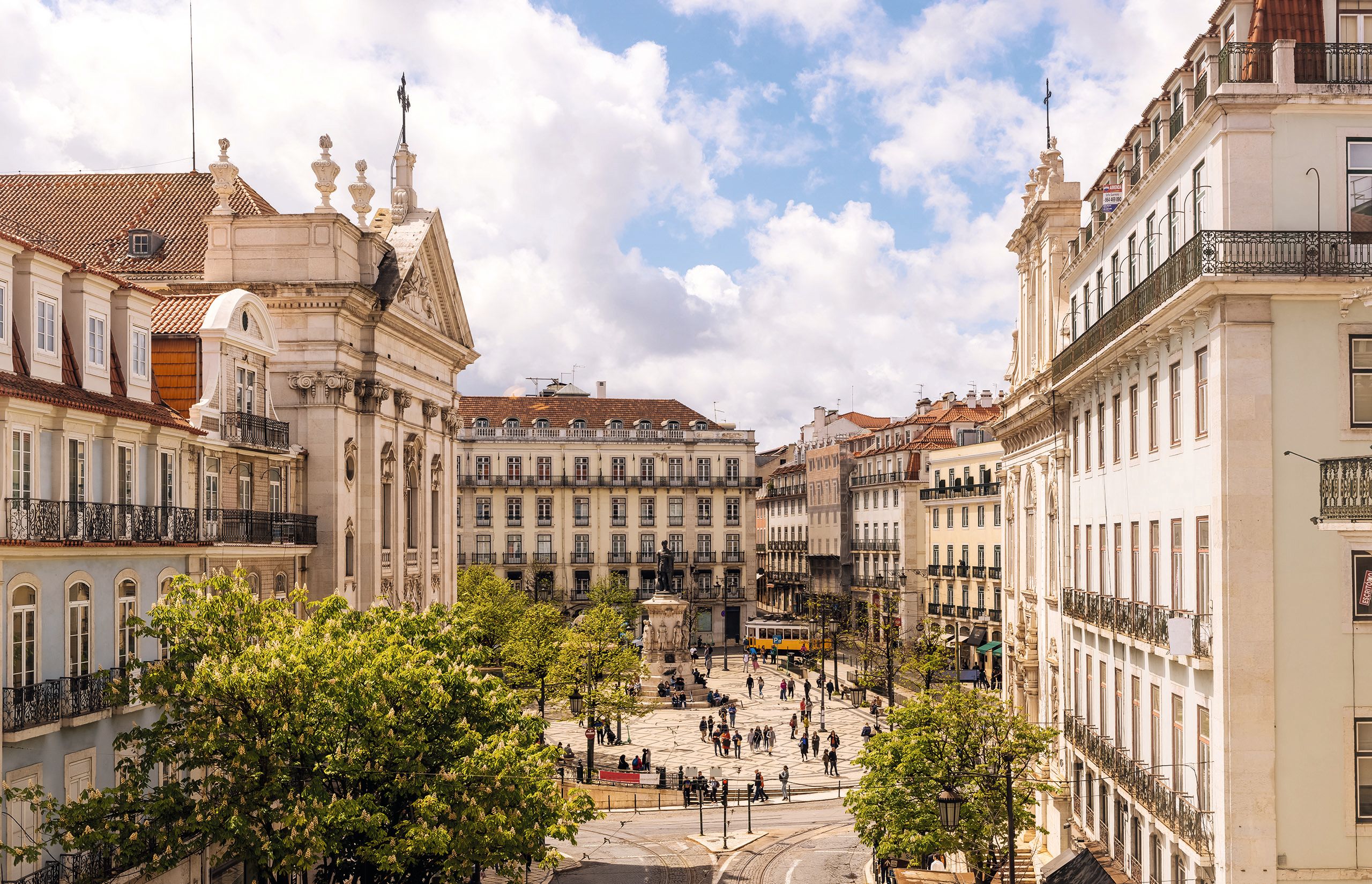
From where I’m standing – on the cobbled street of Rua do Loreto in the bustling Chiado district – Lisbon is the perfect city for passing superyacht guests who really want to explore: it’s beautiful, historical and authentic.

It’s been about six minutes of waiting before the next batch of warm pastel de nata are slipped under the glass counter in Manteigaria on the Rua do Loreto (one of the best bakeries here and less touristy than Pastéies de Belém, which is known to have queues around the block). Upon sinking my teeth into the still-warm custard tart, it’s easy to see why these small flaky pastries, like a bite-sized crème brûlée dusted with cinnamon, are a must in their native city.
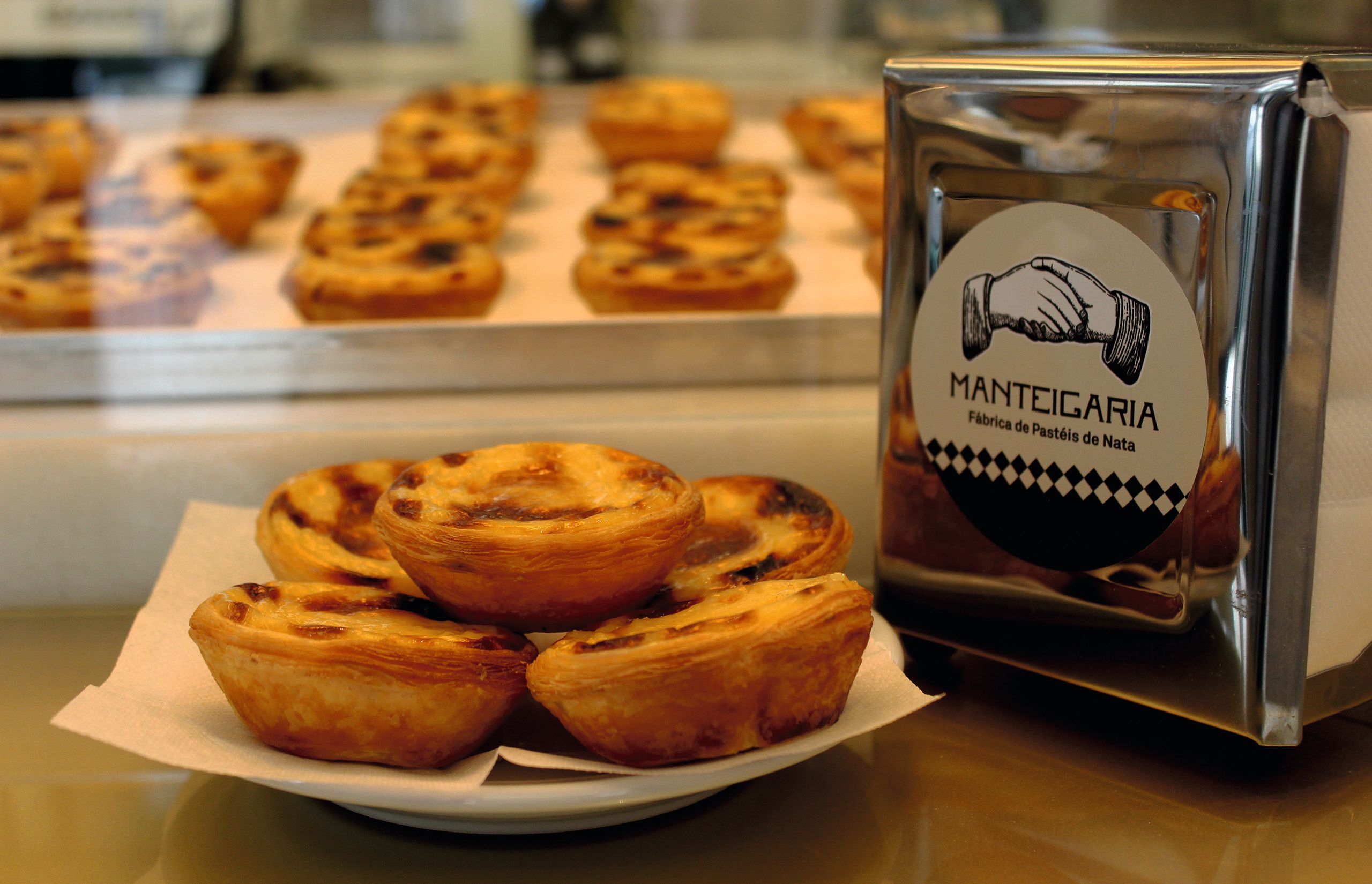
It’s been about six minutes of waiting before the next batch of warm pastel de nata are slipped under the glass counter in Manteigaria on the Rua do Loreto (one of the best bakeries here and less touristy than Pastéies de Belém, which is known to have queues around the block).
Upon sinking my teeth into the still-warm custard tart, it’s easy to see why these small flaky pastries, like a bite-sized crème brûlée dusted with cinnamon, are a must in their native city.

Winding alleyways and broad, cobbled streets will naturally draw you to the city’s sights
Lisbon is proud of its local delicacies, and you can see it by just weaving around the 19th-century buildings of Chiado, which is packed with bakeries, restaurants and canneries.
Having studiously avoided The Fantastic World of Portuguese Sardines (though I did poke my head in the door), I find myself at the family-owned sardine cannery, Conserveira de Lisboa, a fine example of the city’s foodie heritage.
The small shop lies on Rua dos Bacalhoeiros, its dark wooden shelves sagging under the weight of thousands of tins. In the corner, the owner’s son diligently sits hand-folding brightly coloured paper around the individual tins, which are being stacked up before taking their place on the already-full shelves.
Lisbon is proud of its local delicacies, and you can see it by just weaving around the 19th-century buildings of Chiado, which is packed with bakeries, restaurants and canneries. Having studiously avoided The Fantastic World of Portuguese Sardines (though I did poke my head in the door), I find myself at the family-owned sardine cannery, Conserveira de Lisboa, a fine example of the city’s foodie heritage.
The small shop lies on Rua dos Bacalhoeiros, its dark wooden shelves sagging under the weight of thousands of tins. In the corner, the owner’s son diligently sits hand-folding brightly coloured paper around the individual tins, which are being stacked up before taking their place on the already-full shelves.
Finally making it to the front of the line, I point to the cans that I’d like to try, many of which we don’t see back in the UK – sardinas en tomate, limão and picante – trying my best to form words in Portuguese, since no English is spoken here.
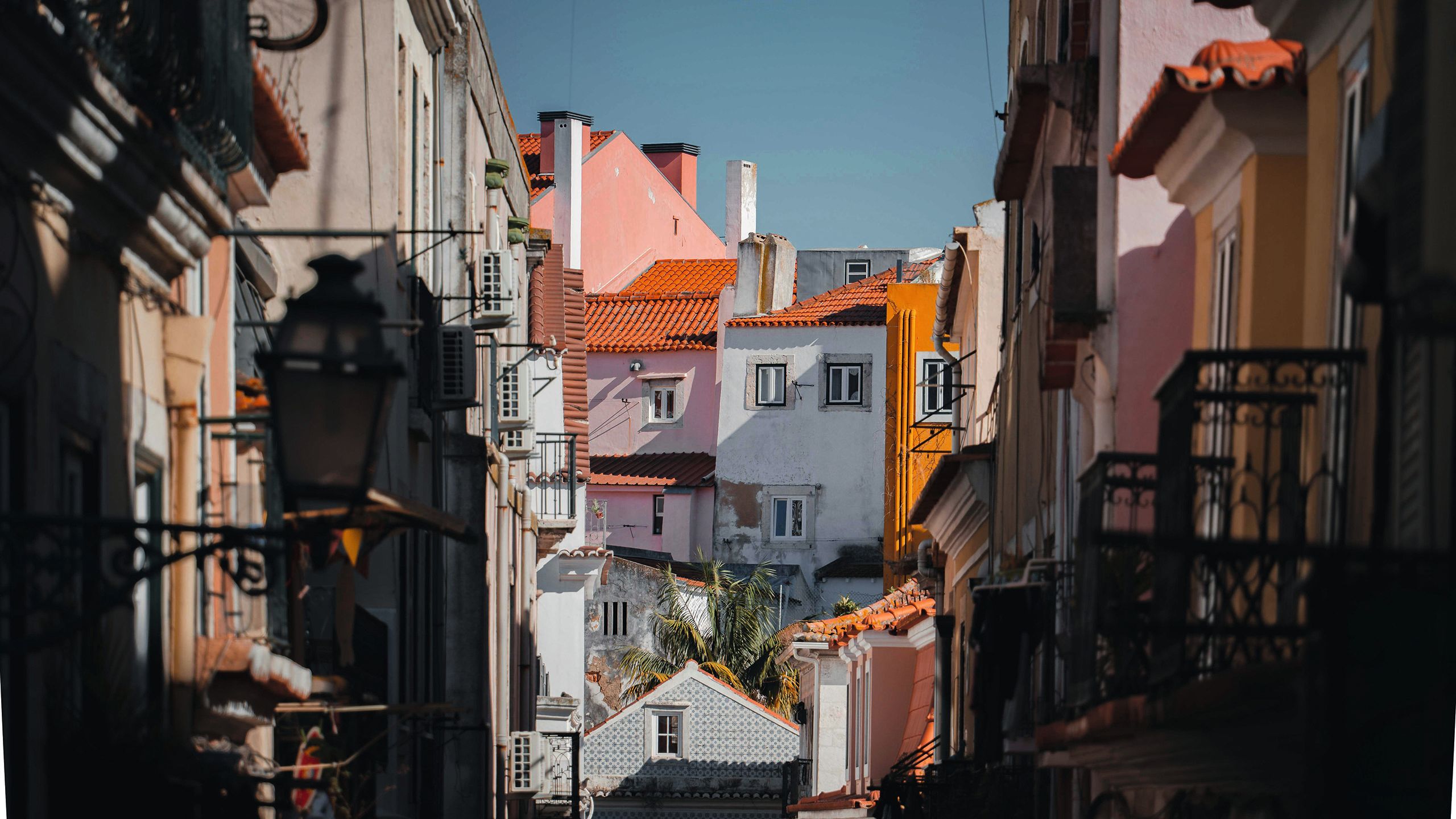
Finally making it to the front of the line, I point to the cans that I’d like to try, many of which we don’t see back in the UK – sardinas en tomate, limão and picante – trying my best to form words in Portuguese, since no English is spoken here.

Winding alleyways and broad, cobbled streets will naturally draw you to the city’s sights
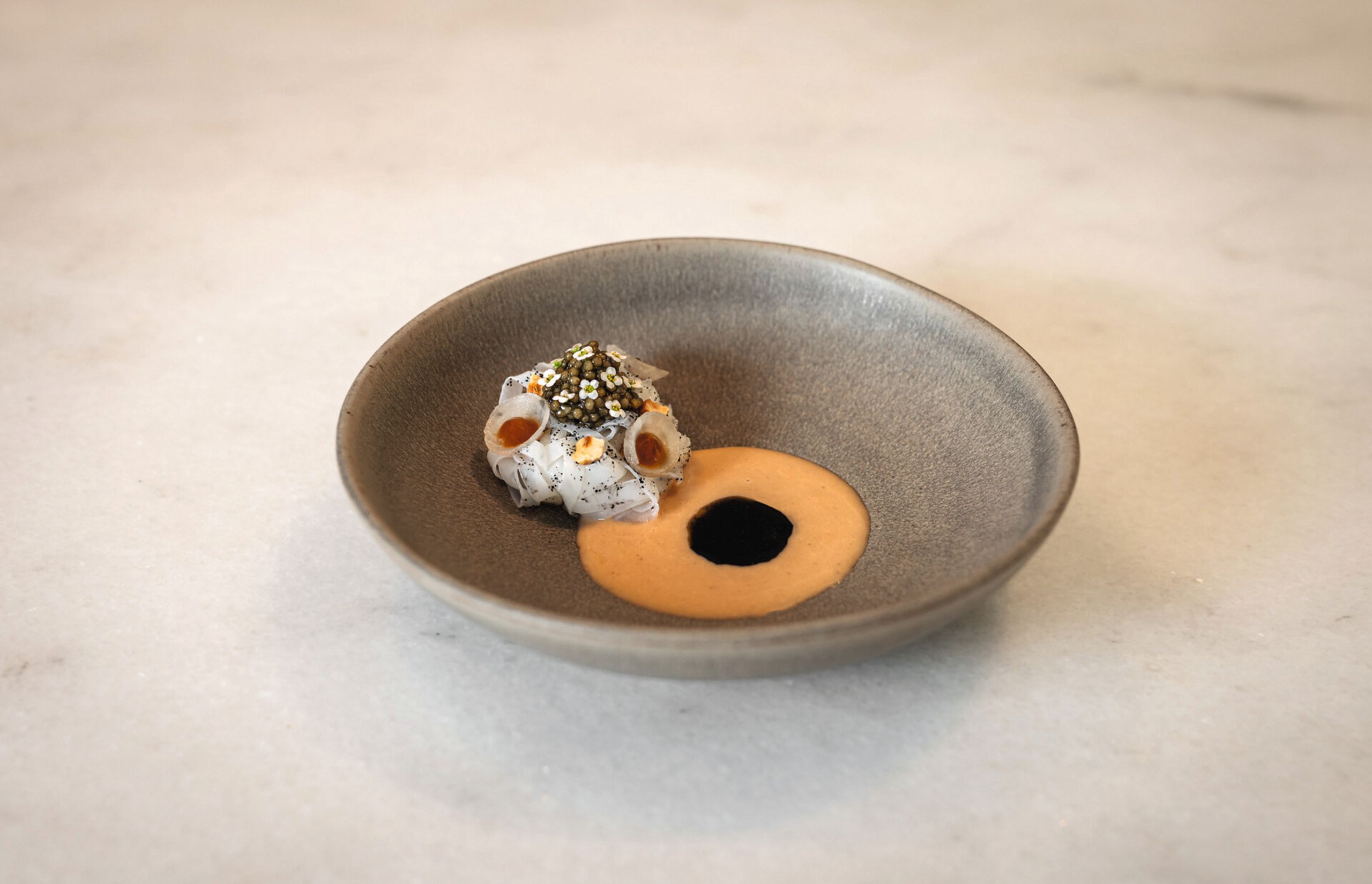
HAYLEY KELSING
HAYLEY KELSING
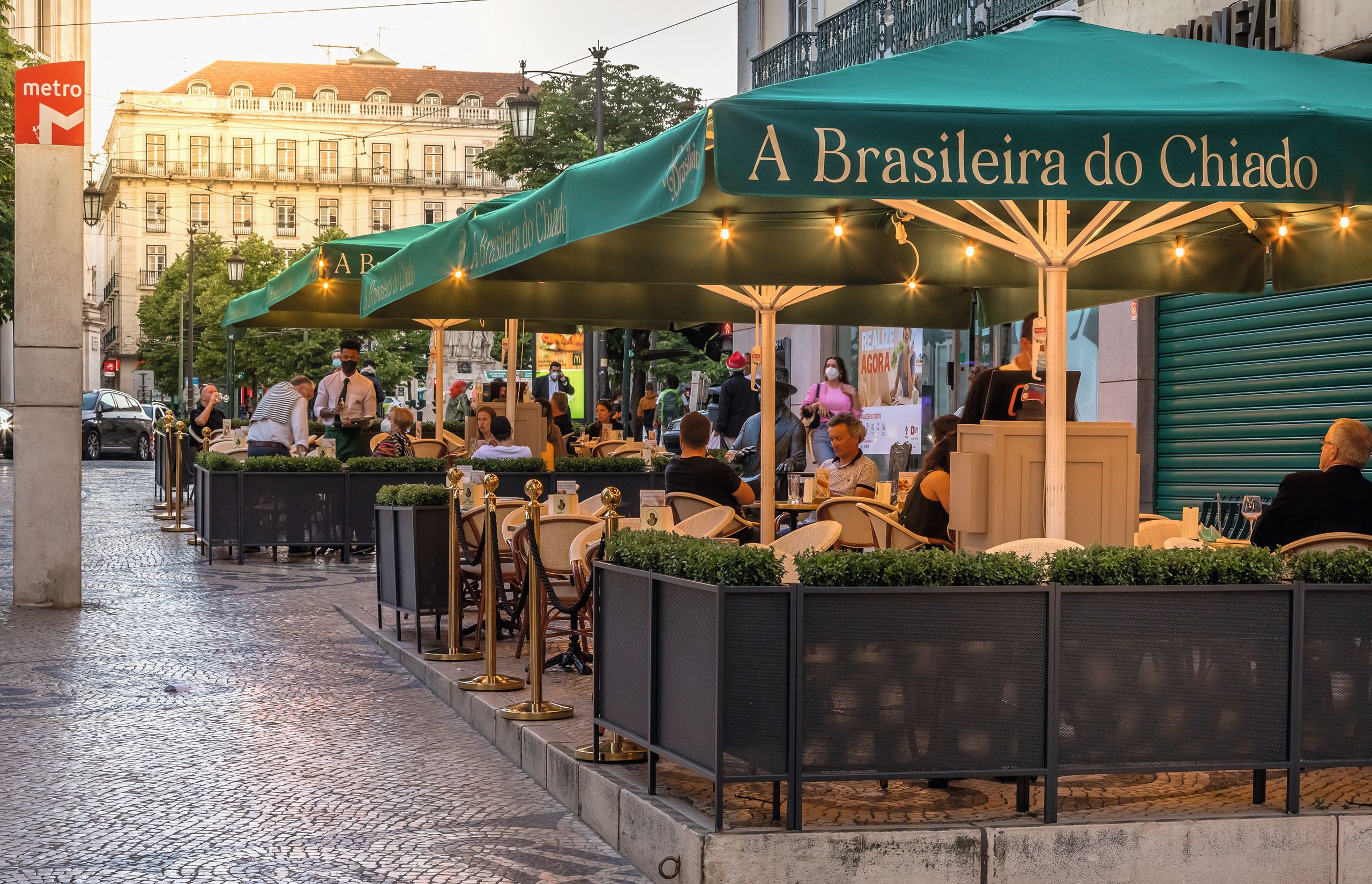
FRANCISCO RIVOTTI
FRANCISCO RIVOTTI
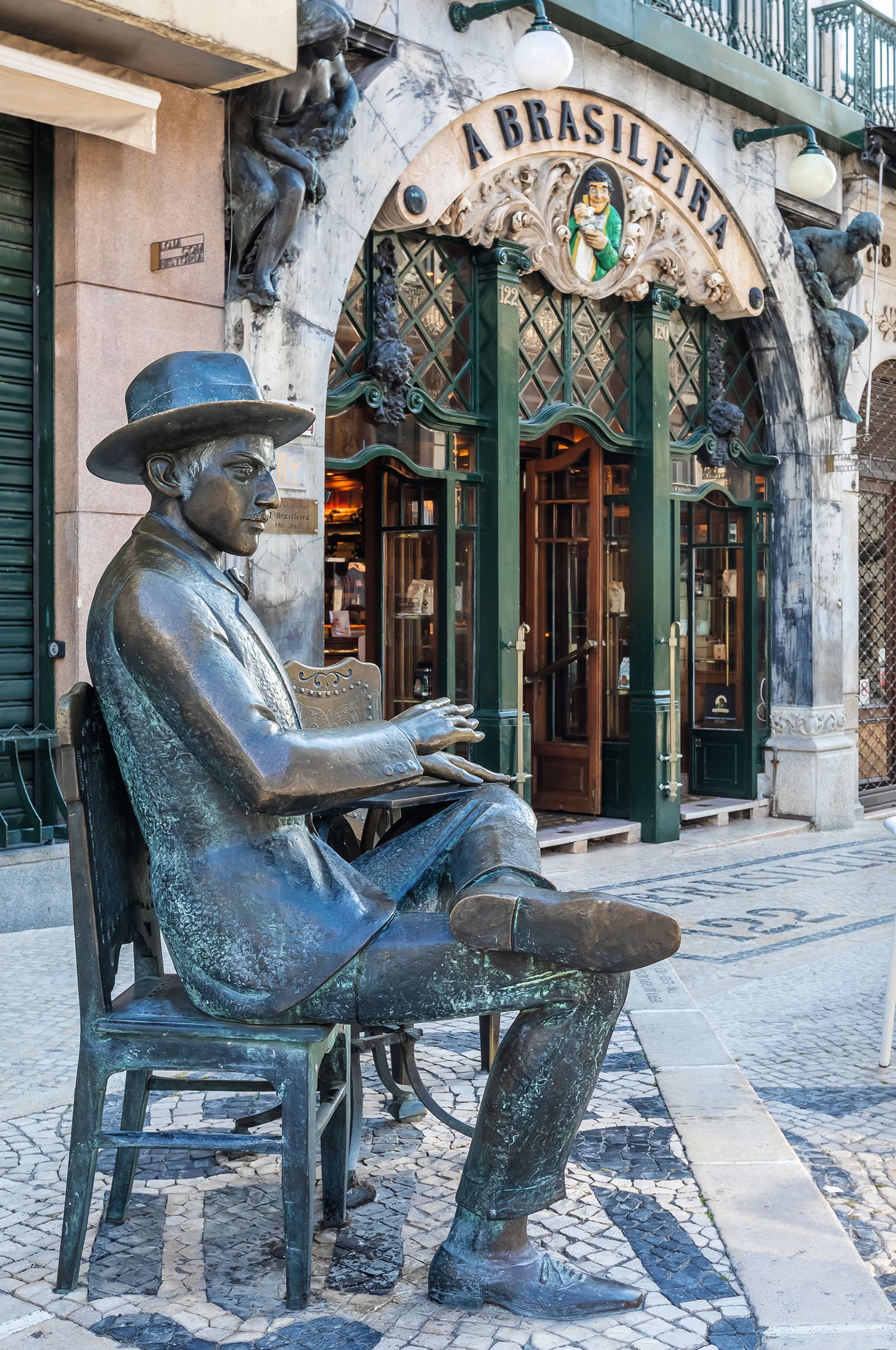
FRANCISCO RIVOTTI
FRANCISCO RIVOTTI
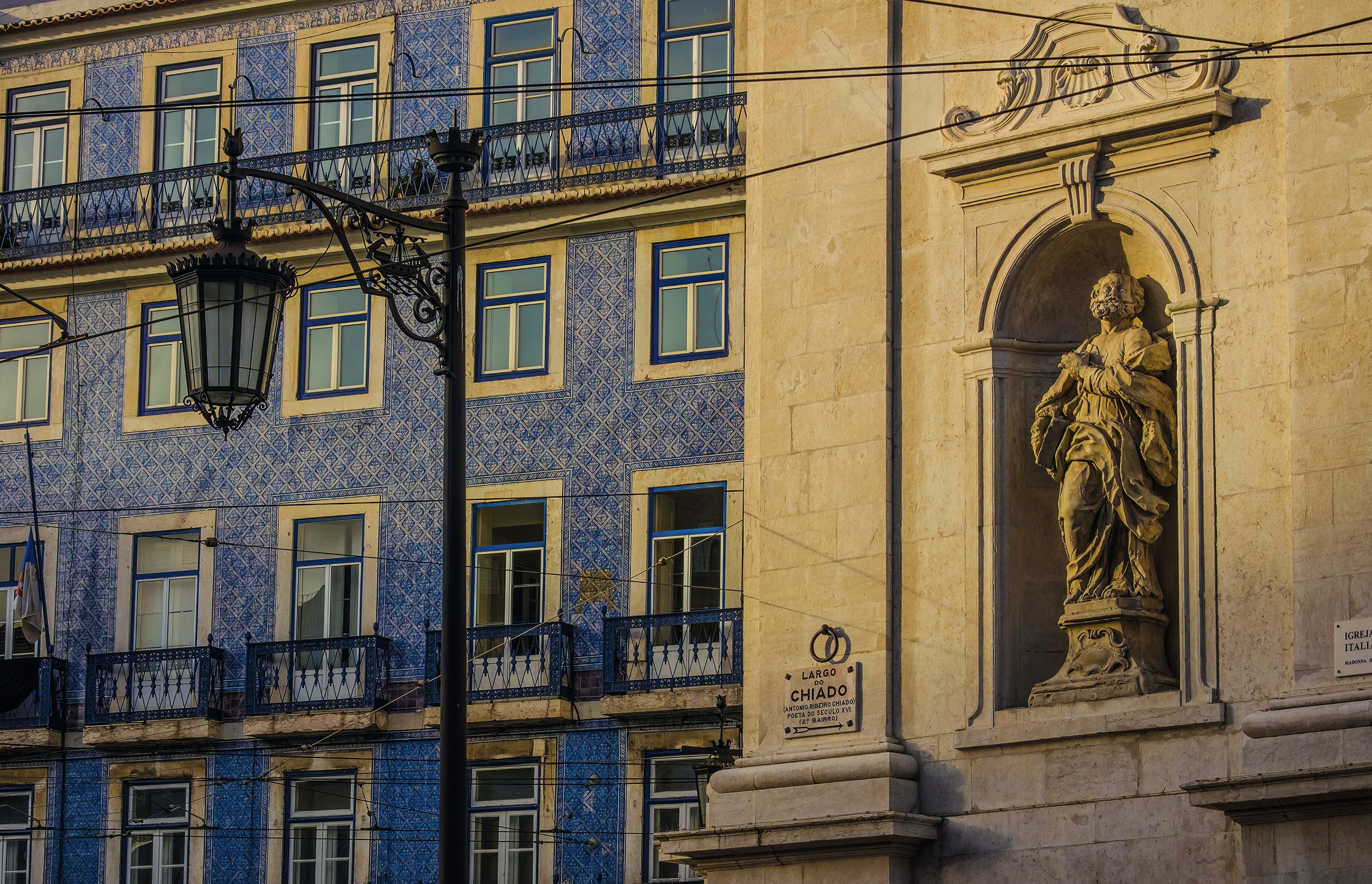
ADOBE STOCK
ADOBE STOCK

HAYLEY KELSING
HAYLEY KELSING

FRANCISCO RIVOTTI
FRANCISCO RIVOTTI

FRANCISCO RIVOTTI
FRANCISCO RIVOTTI

ADOBE STOCK
ADOBE STOCK
The popular coffee shop A Brasileira has been a meeting spot for artists, writers and intellectuals for over a century
From a modern point of view, Lisbon’s gastronomic scene is increasingly exciting, so much so that in 2024 Portugal received its own Michelin Guide (having previously shared it with Spain), which now recommends 167 restaurants, 45 of which are in the capital. On that list is one Michelin-starred Cura in the legendary Four Seasons Hotel Ritz, helmed by Pedro Pena Bastos.
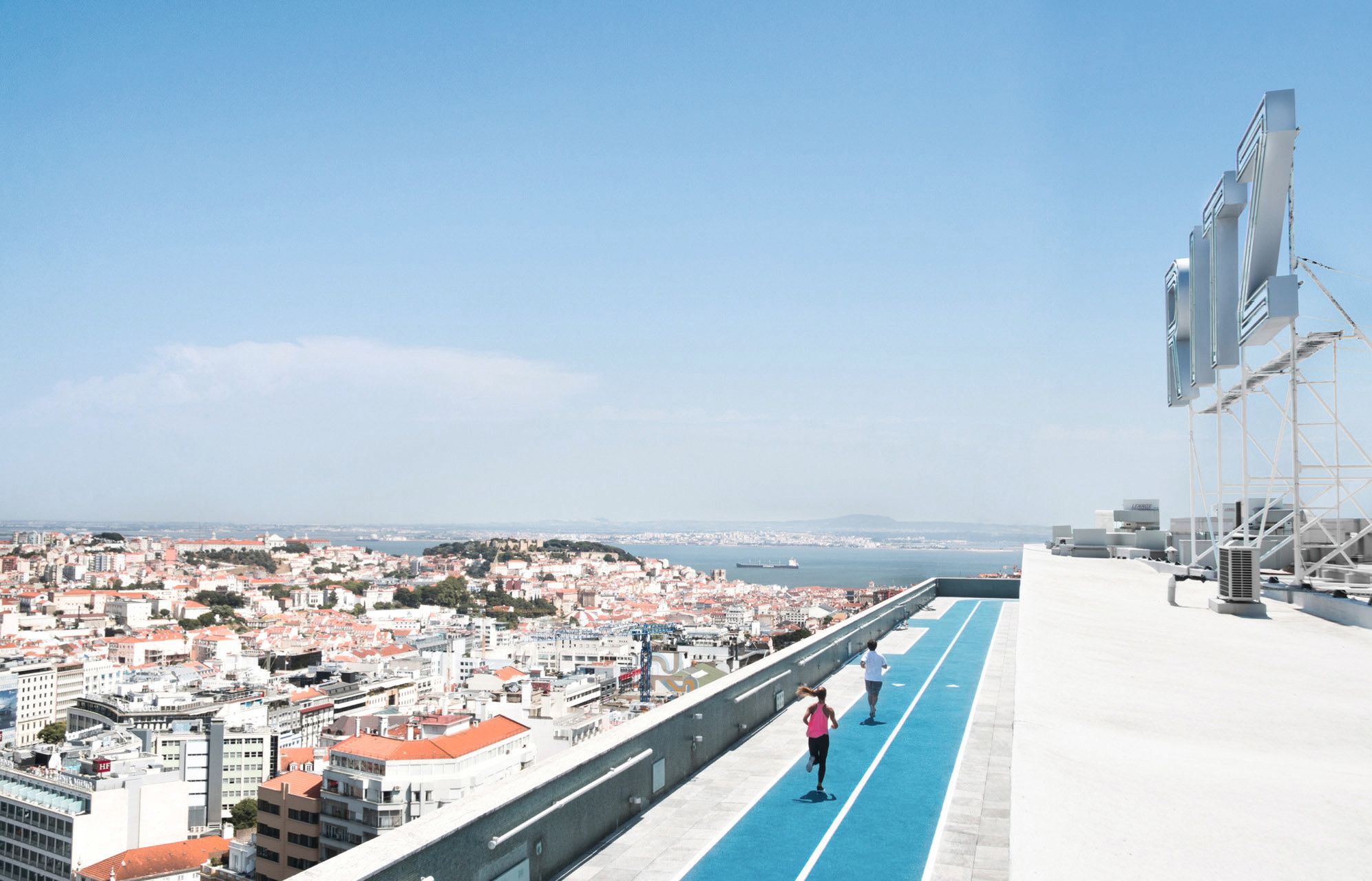
The restaurant feels small – no more than 30 covers – with an open-plan blue-tiled kitchen and staff quietly scudding around with their eyes fixed on their diners’ glasses. Deriving from the word curadoria, Portuguese for skilful curation, Cura draws on Lisbon’s diverse seasonal flavours, with their origins across its seven hills. With seven to 10 “moments” (courses), the experience lasts about two hours, with delectable plates including pasta-like squid cut in long ribbons, served with roasted seaweed butter and bergamot.
I’ve consumed a monstrous amount of food by the time pudding is placed delicately on the table, but each course has been light, exciting and delicious (sometimes dolloped with caviar), so I continue quite comfortably. Small glasses of port are handed around the table to finish and although a walk may have done us good after such indulgence, a bed at the Four Seasons Hotel Ritz Lisbon seems much more appealing.
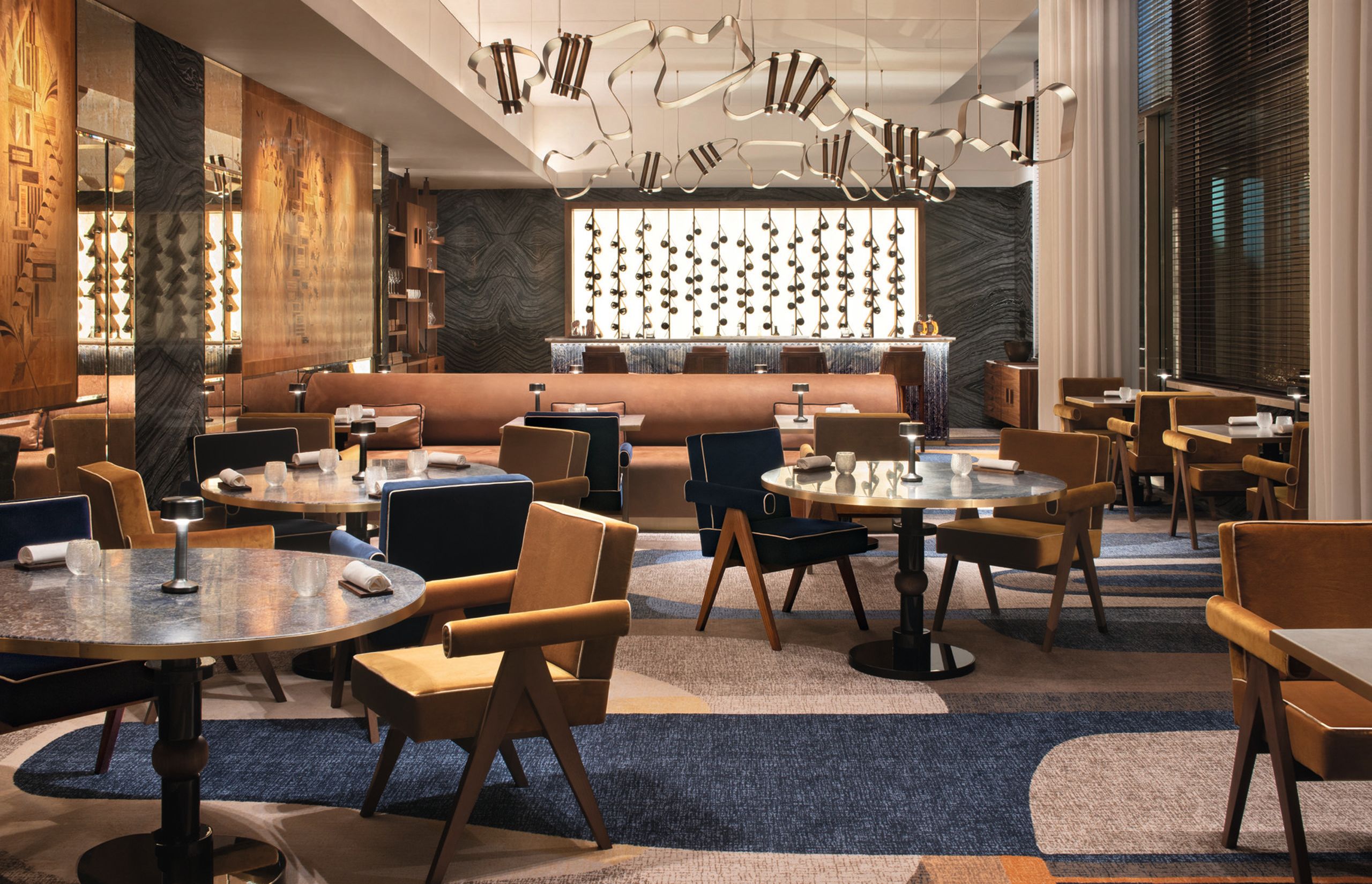
The restaurant feels small – no more than 30 covers – with an open-plan blue-tiled kitchen and staff quietly scudding around with their eyes fixed on their diners’ glasses.
Deriving from the word curadoria, Portuguese for skilful curation, Cura draws on Lisbon’s diverse seasonal flavours, with their origins across its seven hills. With seven to 10 “moments” (courses), the experience lasts about two hours, with delectable plates including pasta-like squid cut in long ribbons, served with roasted seaweed butter and bergamot.

From the Louis XVI-style lobby to the kaleidoscopic collection of Hermès Birkin bags that resides in the attached shop, this is certainly among the grandest hotels in Portugal. While this is a Four Seasons, the hotel shares its name with the iconic Ritz group, which was heavily involved in the creation of the property in the 1950s.
Pieces of mid-20th century art, sculptures and tapestries line the walls in the lobby (the hotel is home to one of Portugal’s largest private art collections), while a pianist sits at his grand piano in the corner. The rooms are just as elegant with black marble bathrooms, light wood-panelled walls and views that soar over the sprawling city. I could comfortably spend all my time in this hotel room, but I won’t – as Lisbon calls for exploration.

I’ve consumed a monstrous amount of food by the time pudding is placed delicately on the table, but each course has been light, exciting and delicious (sometimes dolloped with caviar), so I continue quite comfortably.
Small glasses of port are handed around the table to finish and although a walk may have done us good after such indulgence, a bed at the Four Seasons Hotel Ritz Lisbon seems much more appealing.

From the Louis XVI-style lobby to the kaleidoscopic collection of Hermès Birkin bags that resides in the attached shop, this is certainly among the grandest hotels in Portugal. While this is a Four Seasons, the hotel shares its name with the iconic Ritz group, which was heavily involved in the creation of the property in the 1950s.
Pieces of mid-20th century art, sculptures and tapestries line the walls in the lobby (the hotel is home to one of Portugal’s largest private art collections), while a pianist sits at his grand piano in the corner.
The rooms are just as elegant with black marble bathrooms, light wood-panelled walls and views that soar over the sprawling city. I could comfortably spend all my time in this hotel room, but I won’t – as Lisbon calls for exploration.

CURA RESTAURANT
CURA RESTAURANT

THE RITZ LISBON
THE RITZ LISBON
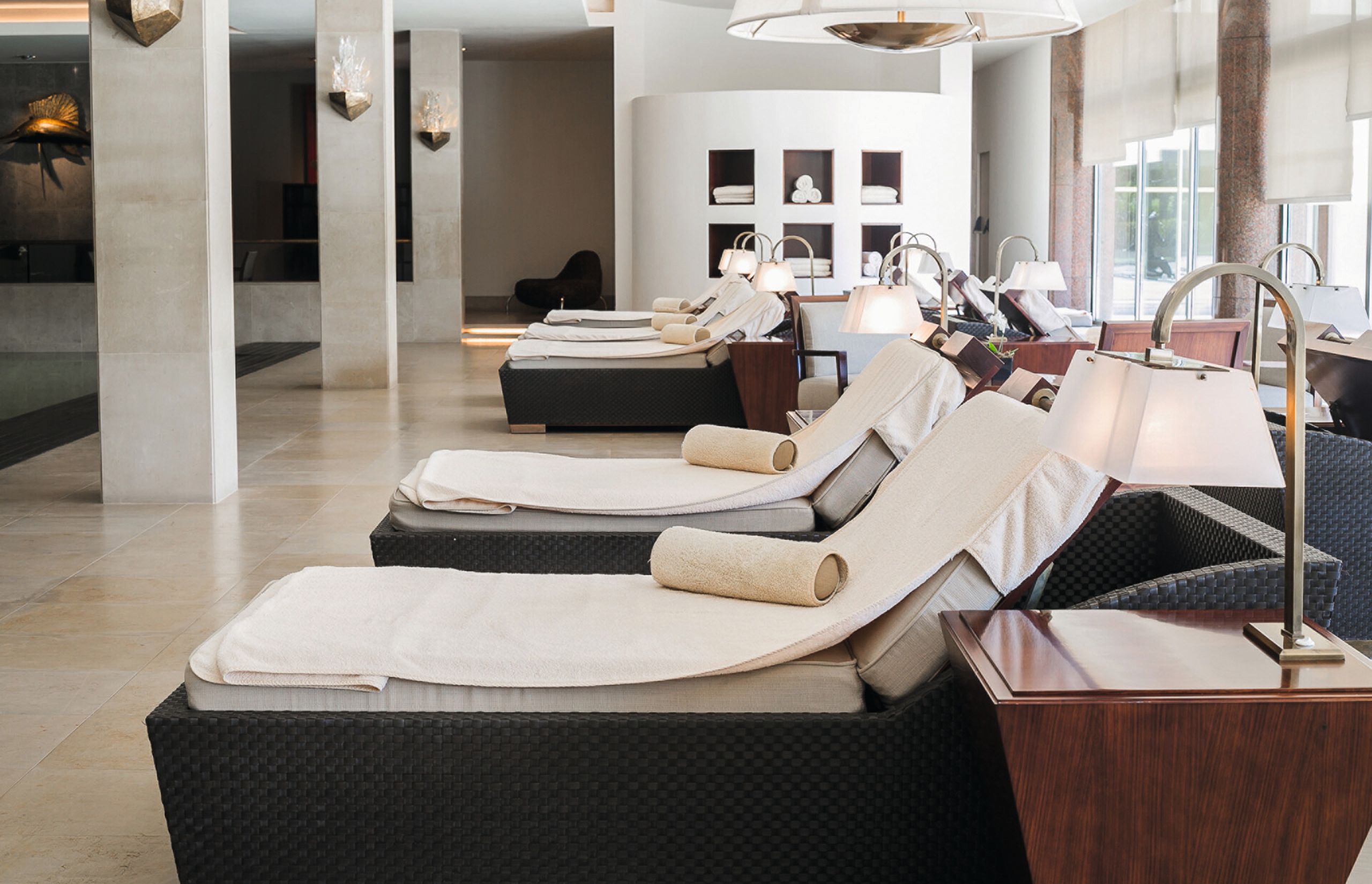
THE RITZ LISBON
THE RITZ LISBON

THE RITZ LISBON
THE RITZ LISBON
Accommodation at the Four Seasons Hotel Ritz Lisbon ranges from rooms to speciality suites. Its onsite restaurant, Cura, is Michelin starred. The hotel’s organic-shaped outdoor pool and loungers at the Four Seasons Hotel Ritz’s 18-metre indoor pool. The Four Seasons Hotel Ritz showcases artworks such as this tapestry by Portuguese artist Almada Negreiros
The number of superyachts visiting Lisbon is surprisingly low
Lisbon is remarkably walkable, with winding alleyways and broad, cobbled streets that will naturally draw you to the city’s main sights. After just a short walk from A Brasileira (a famous coffee shop opposite Praça Luís de Camões), I can see the skeletal arches of Convento do Carmo, a Gothic convent that was a victim of the 1755 earthquake that almost completely destroyed the city.
Early in the morning (to avoid other onlookers) it’s haunting but beautiful against the unblemished blue of the sky, the sun reflecting off its naked beams. From here, it’s about a 20-minute walk to Alfama – the oldest and one of the most beautiful areas of Lisbon with its own quayside.
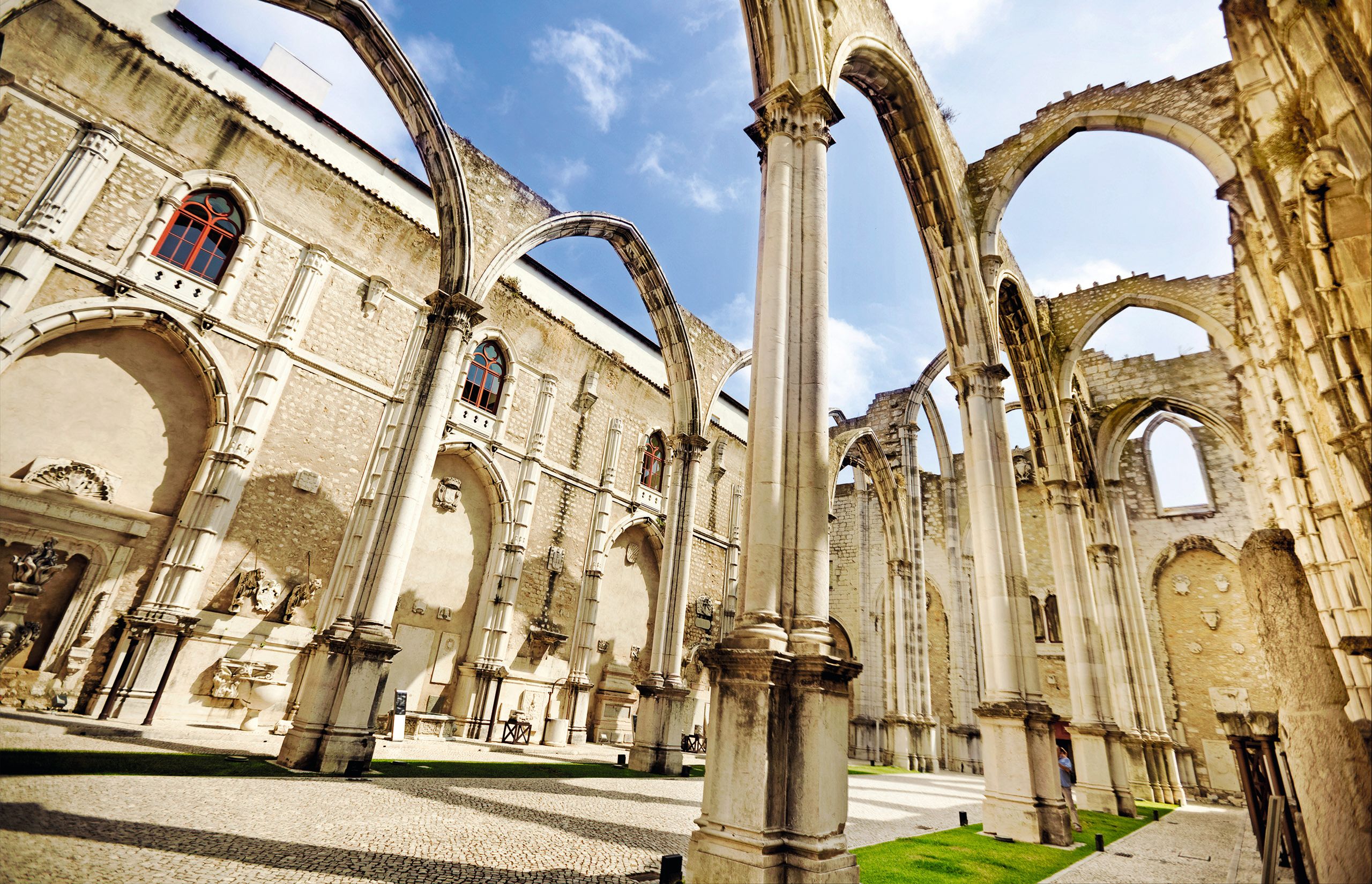
Lisbon is remarkably walkable, with winding alleyways and broad, cobbled streets that will naturally draw you to the city’s main sights.
After just a short walk from A Brasileira (a famous coffee shop opposite Praça Luís de Camões), I can see the skeletal arches of Convento do Carmo, a Gothic convent that was a victim of the 1755 earthquake that almost completely destroyed the city.

Early in the morning (to avoid other onlookers) it’s haunting but beautiful against the unblemished blue of the sky, the sun reflecting off its naked beams. From here, it’s about a 20-minute walk to Alfama – the oldest and one of the most beautiful areas of Lisbon with its own quayside.
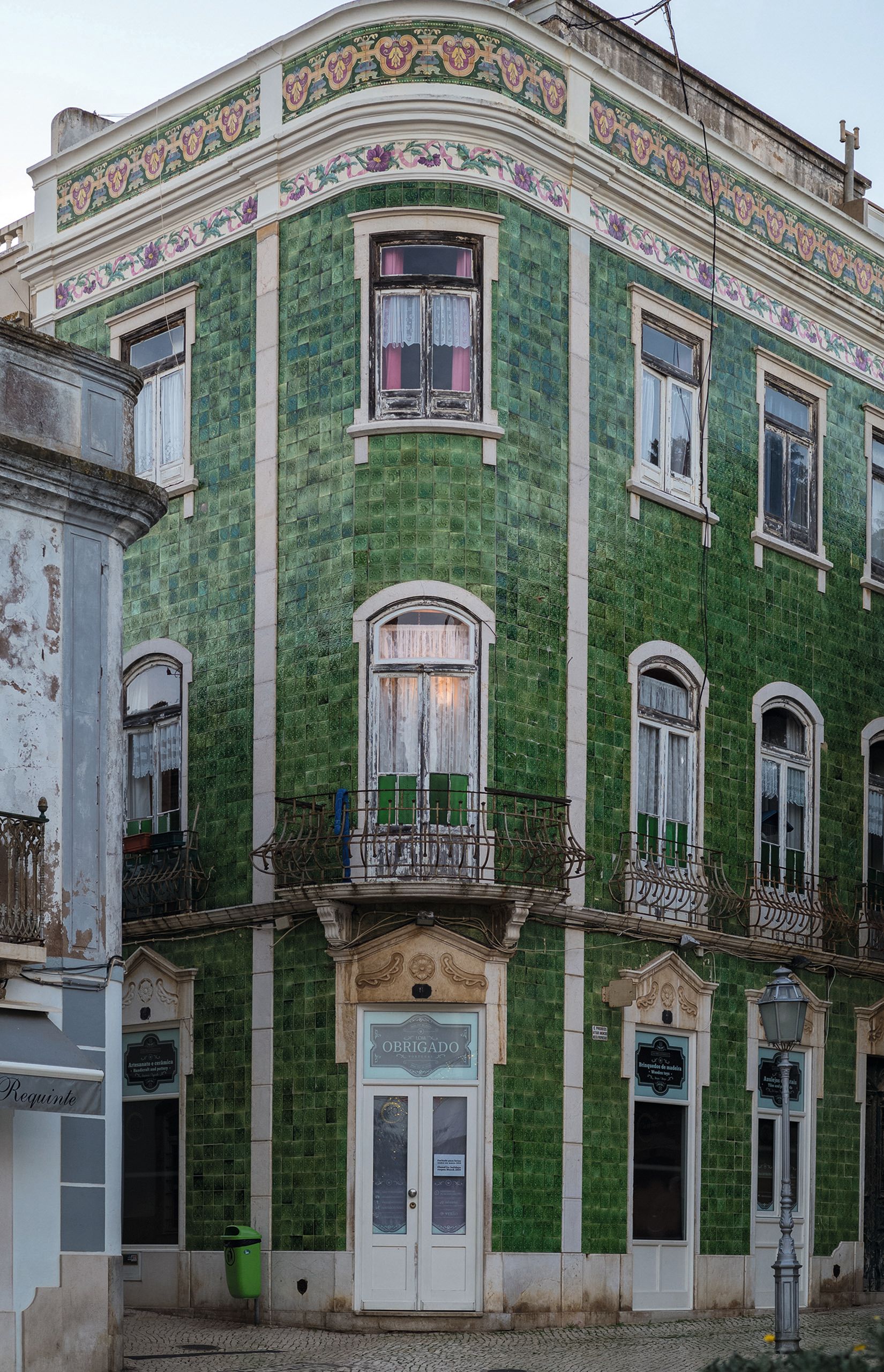
ADOBE STOCK
ADOBE STOCK
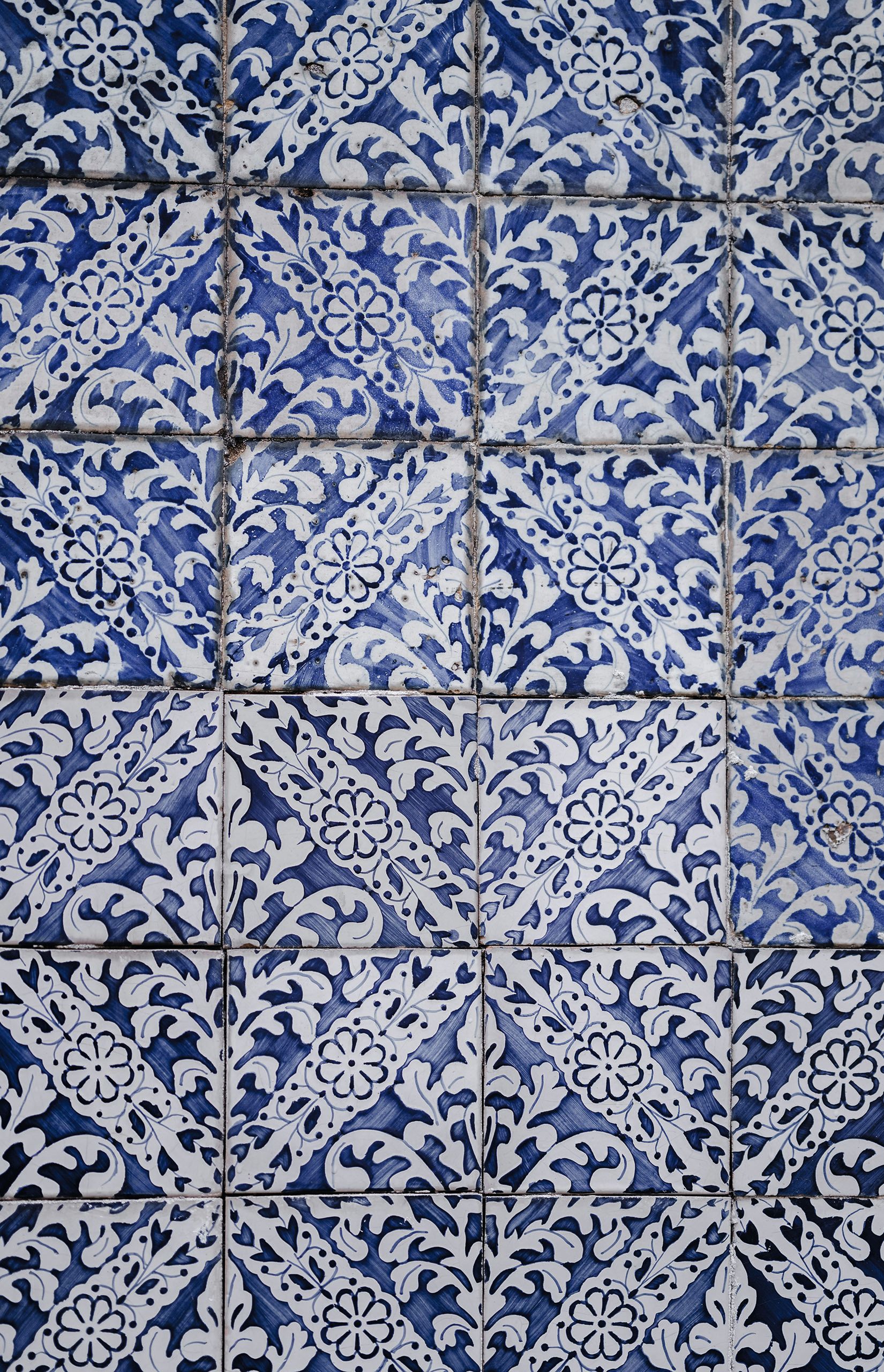
ANNIE SPRATT - UNSPLASH
ANNIE SPRATT - UNSPLASH
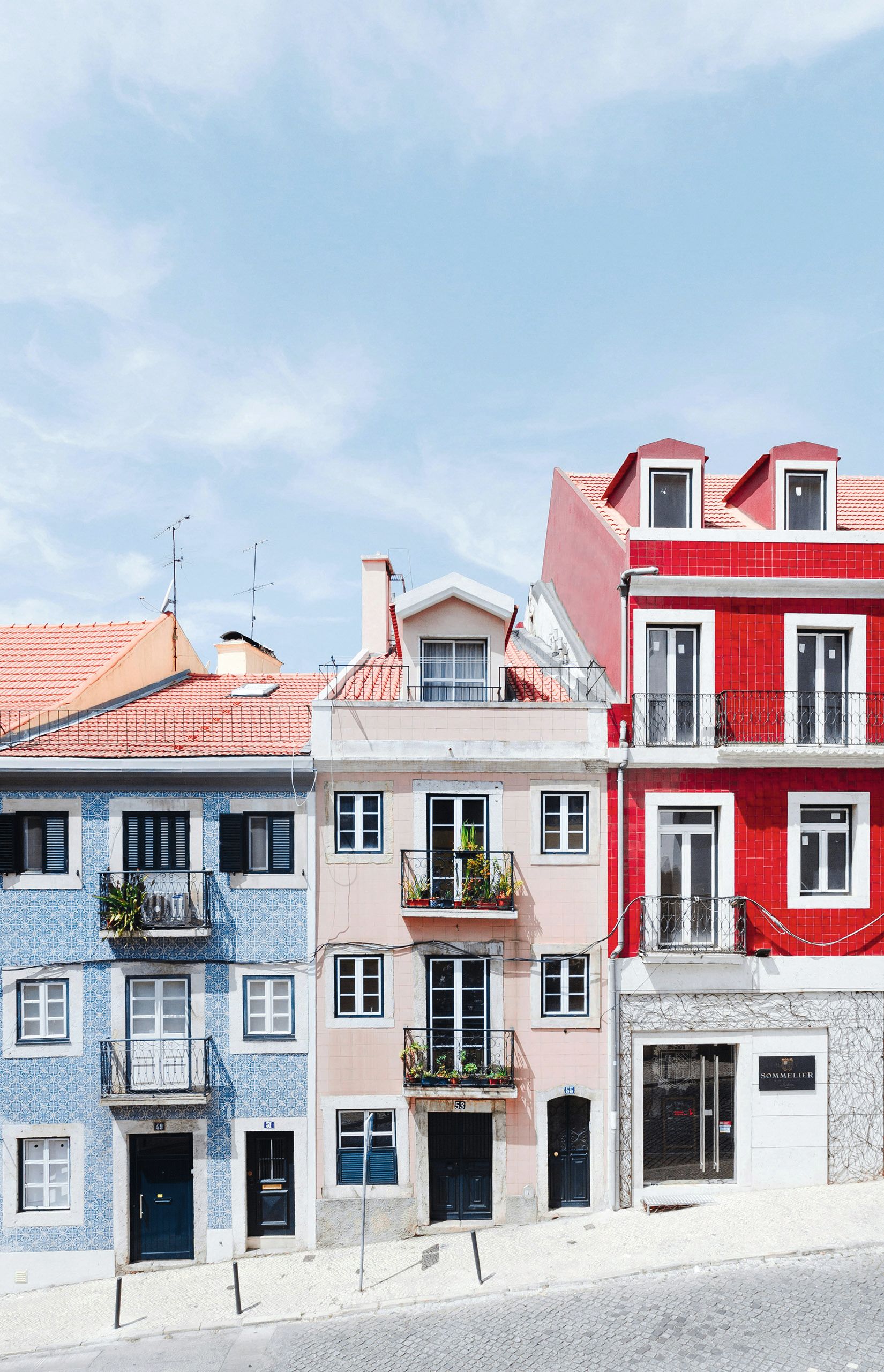
HUGO SOUSA - UNSPLASH
HUGO SOUSA - UNSPLASH
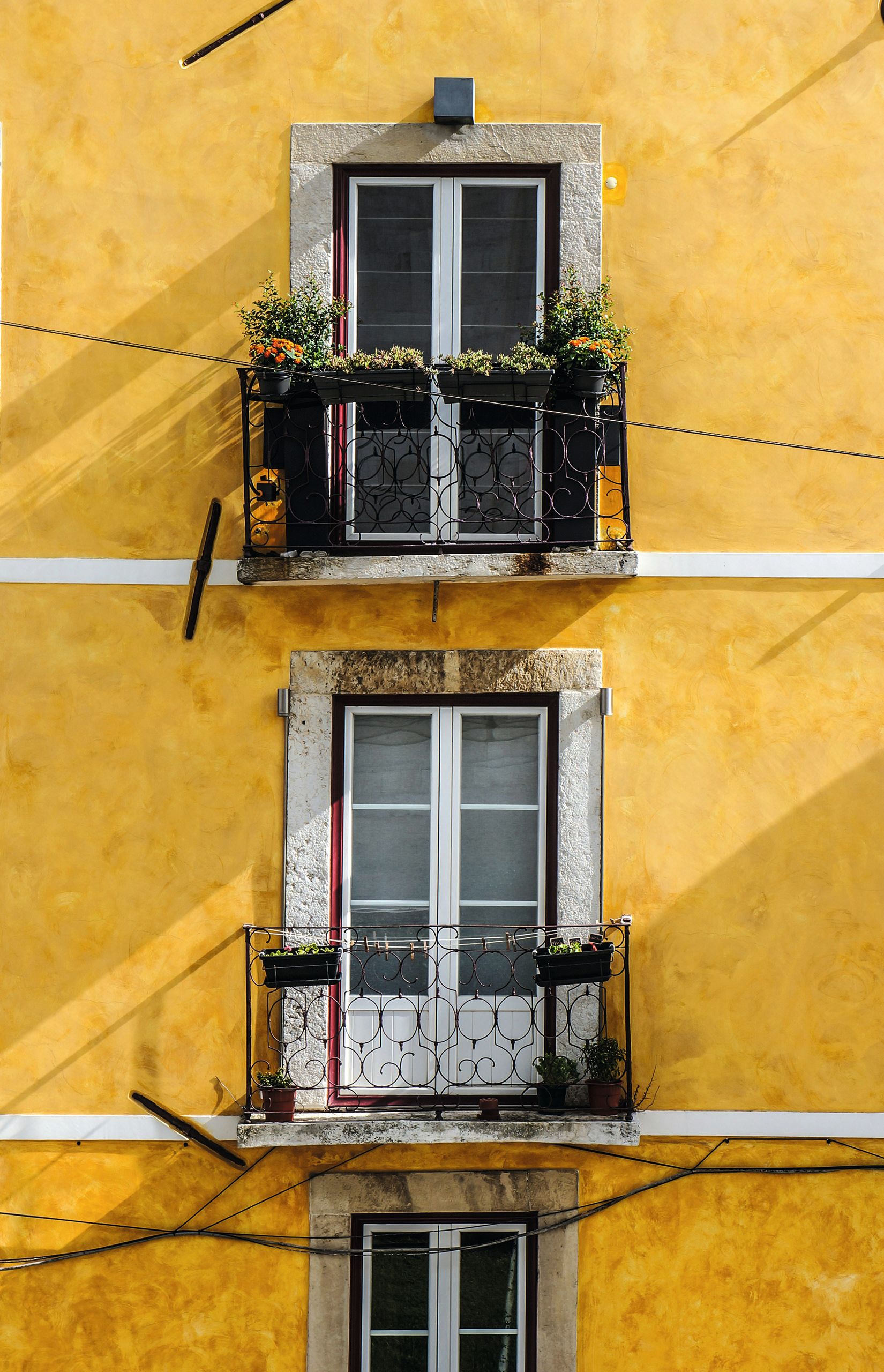
LILI POPPER - UNSPLASH
LILI POPPER - UNSPLASH
Main image above: The ruins of the medieval convent Convento do Carmo. Left: colourful Portuguese tiles decorate buildings throughout the capital
The inclines here are a little steeper than in other neighbourhoods, but Alfama – which is still a little rough around the edges – is drenched in history and the place to visit to peer into the city’s past.
It stretches right up from the waterside to the São Jorge Castle (dating back to the second century BCE) and contains some of Lisbon’s most famous buildings, including the domed Igreja de Santa Engrácia and 13th-century Se Cathedral, both of which can be seen spectacularly from the water.

The inclines here are a little steeper than in other neighbourhoods, but Alfama – which is still a little rough around the edges – is drenched in history and the place to visit to peer into the city’s past.
It stretches right up from the waterside to the São Jorge Castle (dating back to the second century BCE) and contains some of Lisbon’s most famous buildings, including the domed Igreja de Santa Engrácia and 13th-century Se Cathedral, both of which can be seen spectacularly from the water.

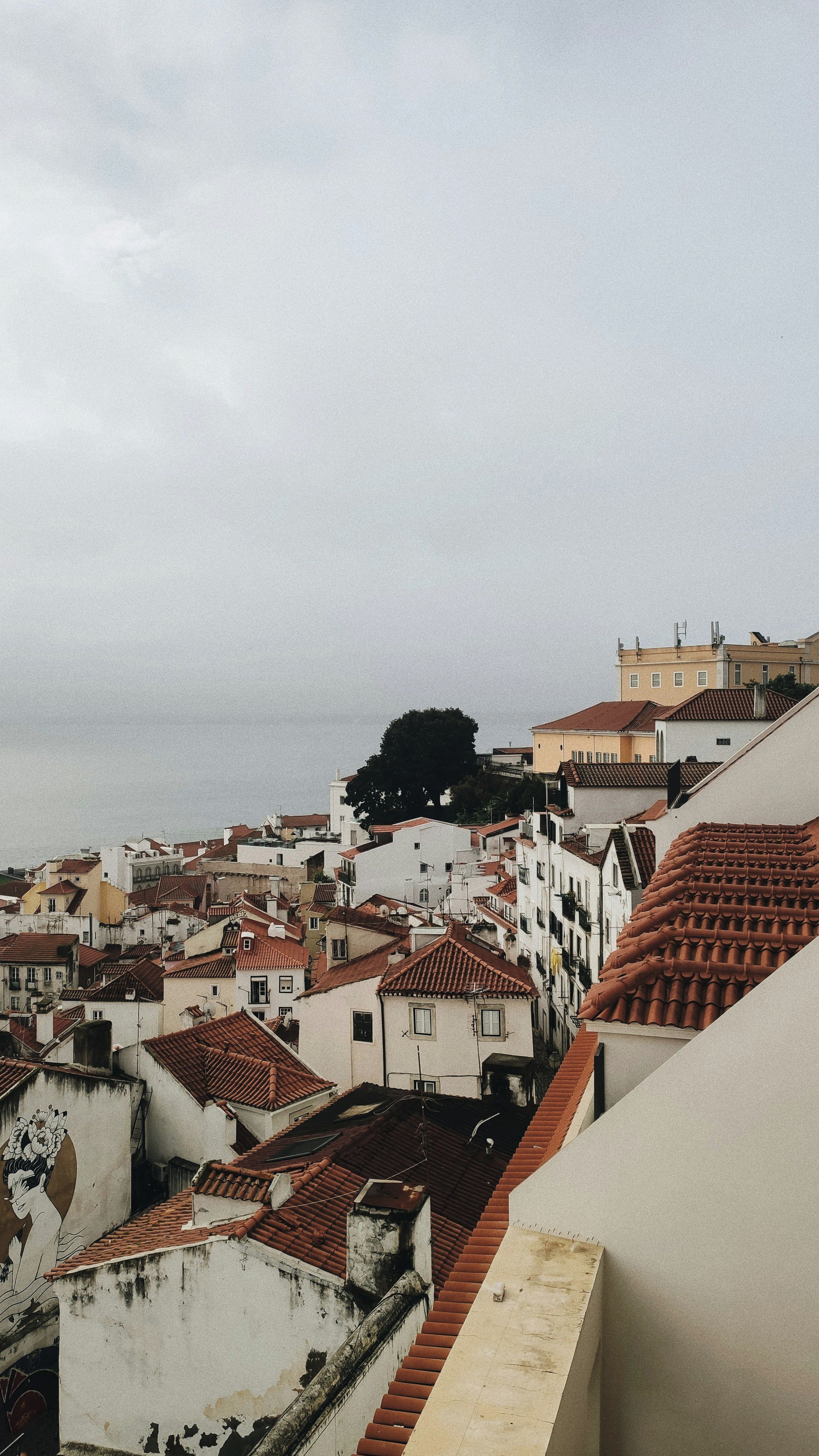
VITA MAKSYMETS - UNSPLASH
VITA MAKSYMETS - UNSPLASH

ADOBE STOCK
ADOBE STOCK

ALISTAIR MACROBERT - UNSPLASH
ALISTAIR MACROBERT - UNSPLASH
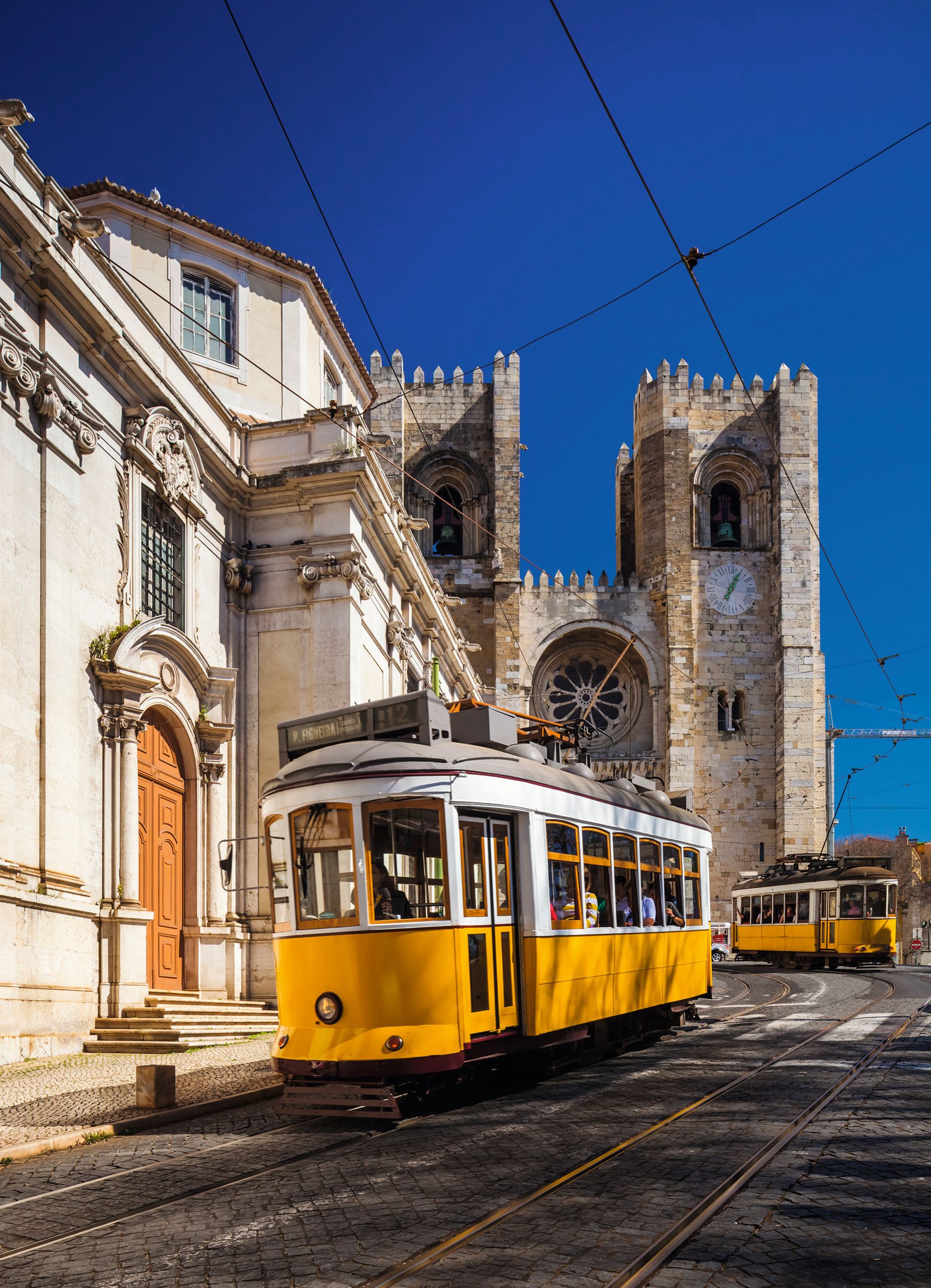
GETTY IMAGES
GETTY IMAGES
Igreja de Santa Engrácia in the Alfama neighbourhood (left). The church was converted into the National Pantheon in 1916, and holds the tombs of famous cultural and political figures
Here in Lisbon, much of the most interesting stuff is on the waterside – if you know where to look and what to avoid.
There is even an abandoned city (Quinta da Arealva) on the opposite side of the river to explore, which is still home to a restaurant. Berthing possibilities in the city are on the commercial side, but they are an option for visiting superyachts, as are anchorages with access via tender to the Marina Parque das Nações.
This has slips for boats up to 25 metres, for those wishing to dock within a good distance from the city and from historical Cascais just along the coast.
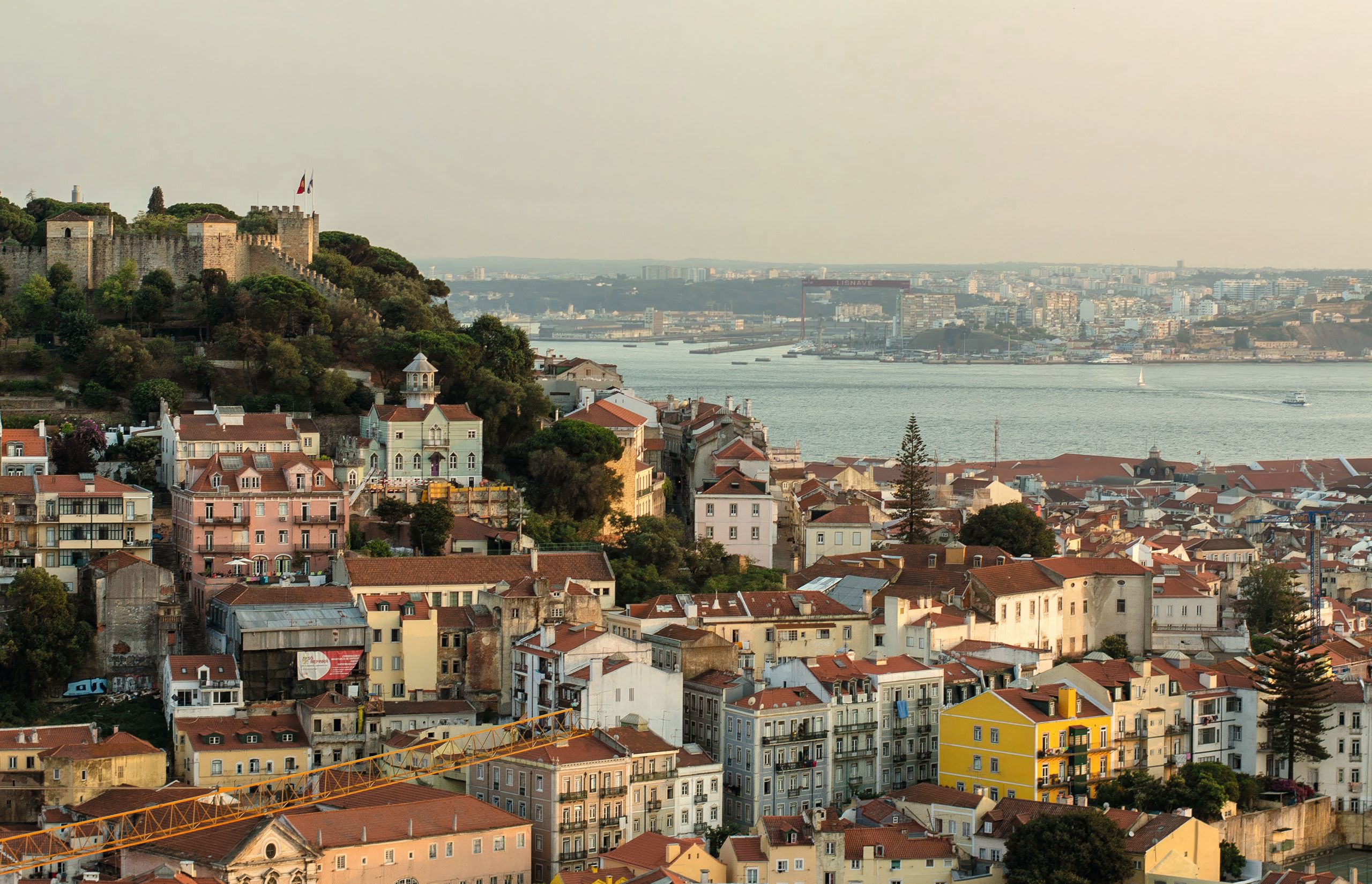
It may be unconventional, but Lisbon is a waterfront wonder that is quite capable of welcoming superyachts. It promises seclusion on the water and, judging by its past, the likelihood of encountering other yachts is slim. But do your research beforehand, or you may just find yourself in The Fantastic World of Portuguese Sardines.
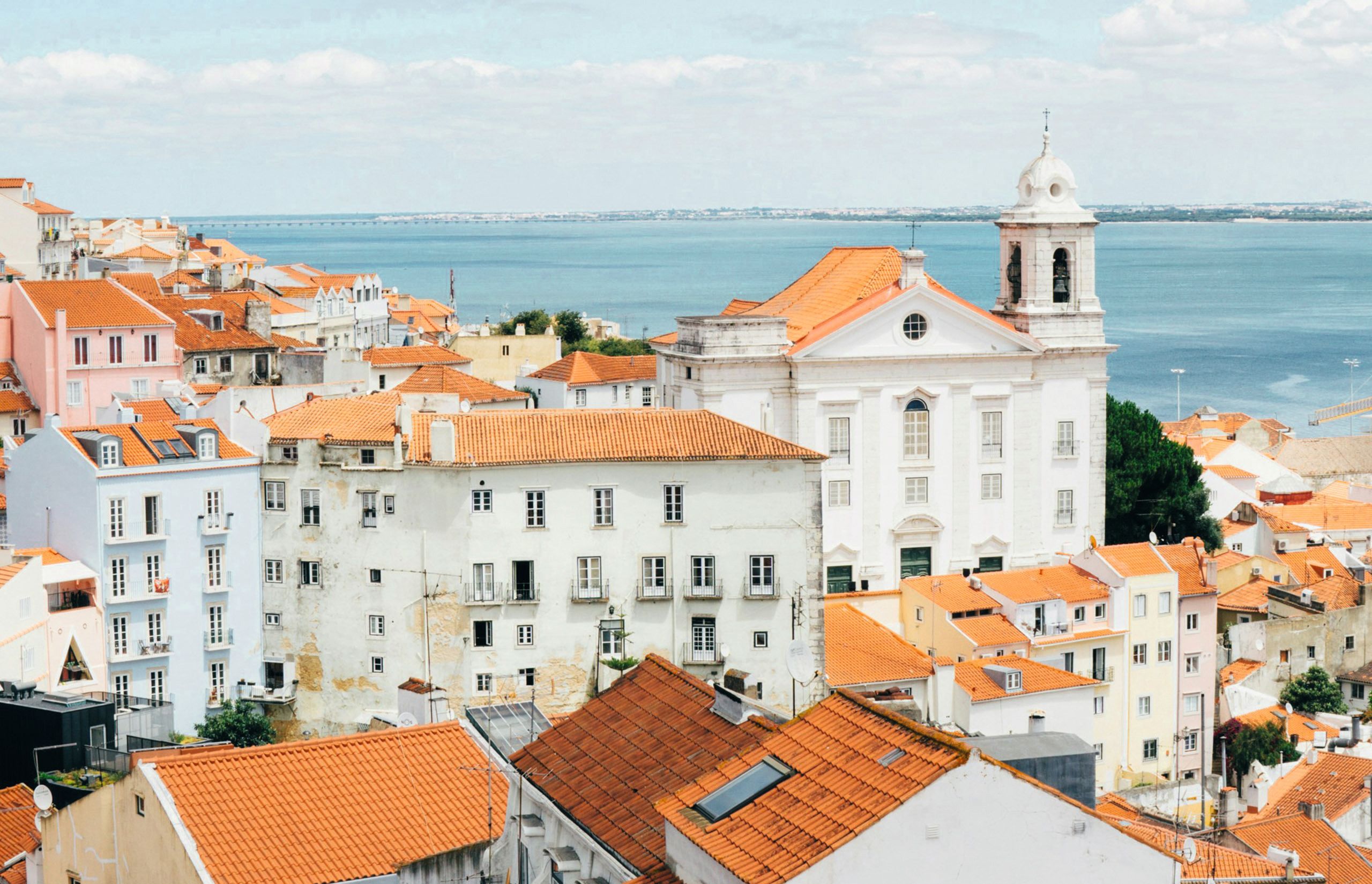
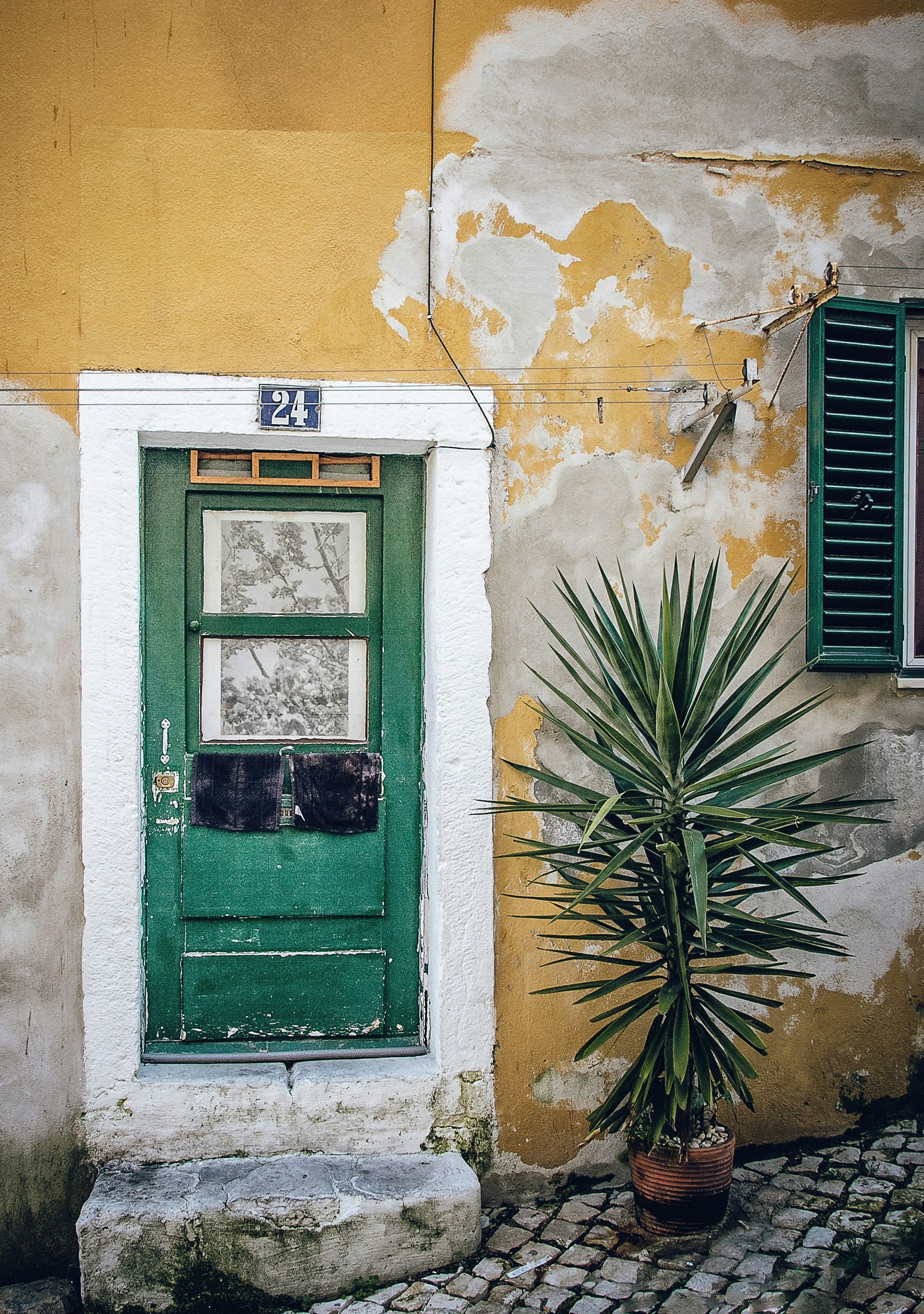
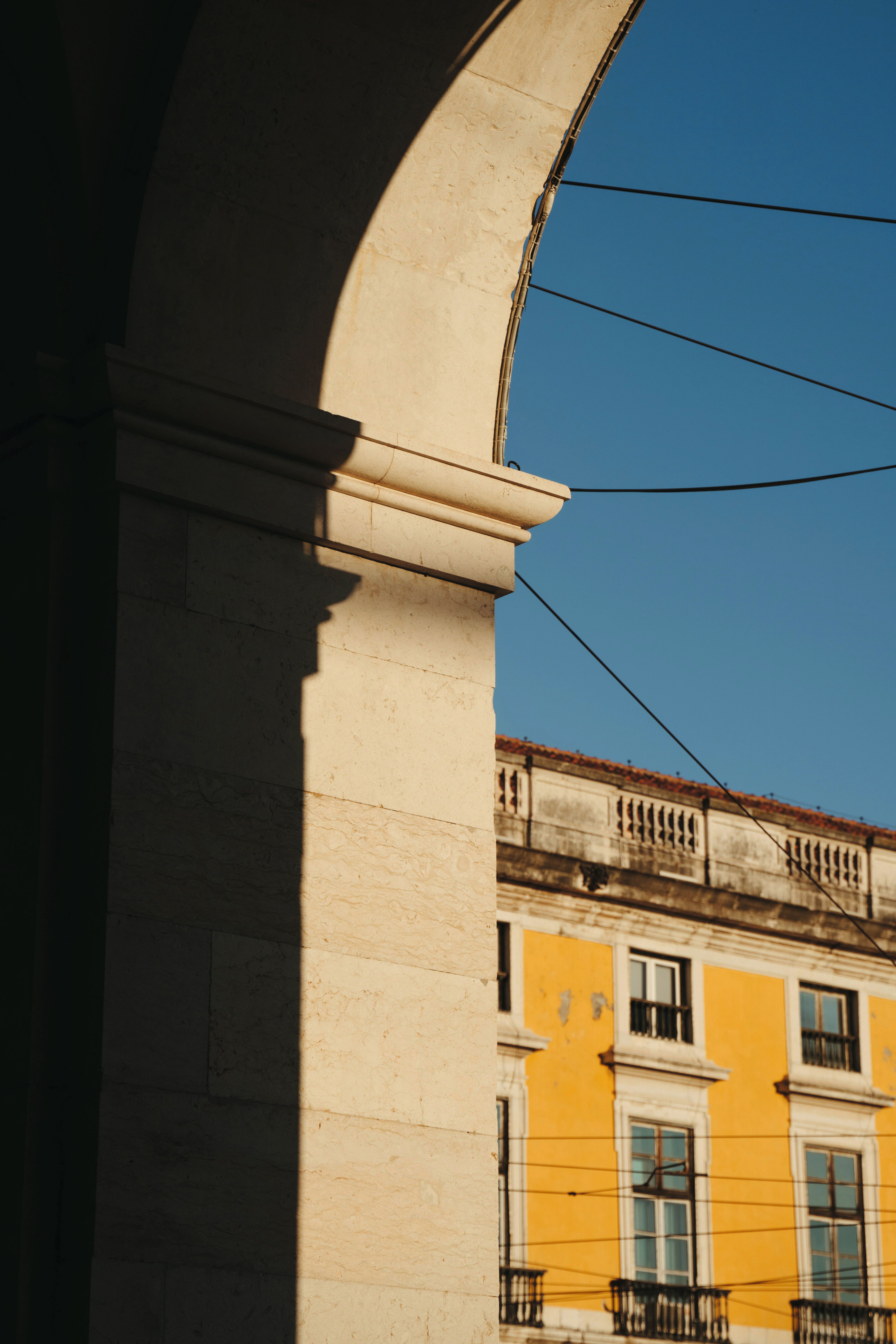

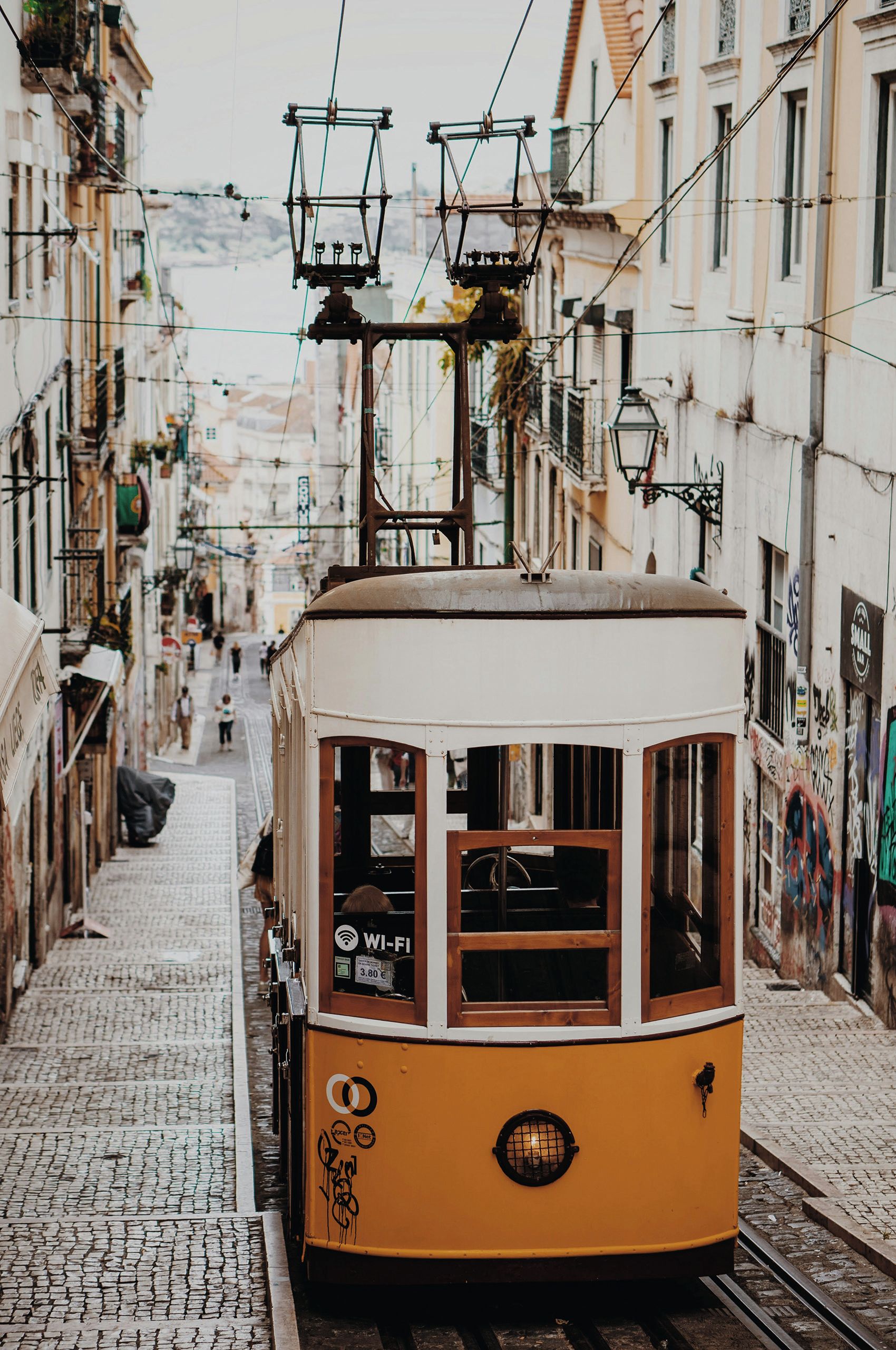
STEFFEN BERTRAM; POLINA KUZOVKOVA; VERONIKA JORJOBERT ; JULIAN DIK - UNSPLASH
The dome of the National Pantheon, Portugal’s first Baroque monument, peeks out from behind the traditional houses of the Alfama neighbourhood. Large image above: The orange and white facade of Alfama, the oldest district in Lisbon, where trams climb the steep streets
fourseasons.com

